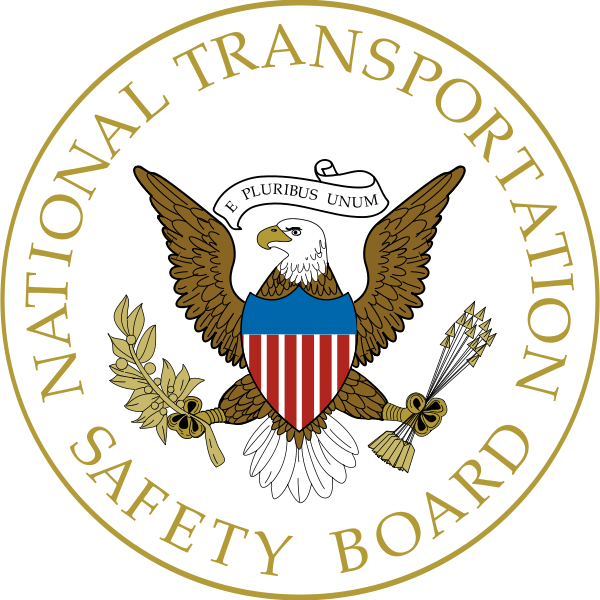
The two BART workers who were struck and killed by a train while inspecting the tracks during the second day of a BART strike over the weekend were working under a practice in which they were considered responsible for their own safety, a National Transportation Safety Board official said today.
Track engineers Laurence Daniels, 66, and Christopher Sheppard, 58, were checking on a report of a dip in a stretch of trackway between the Walnut Creek and Pleasant Hill BART stations a short time before 2 p.m. Saturday when they were fatally hit by a BART train.
An operator in training was driving the train, which was running without passengers, according to the NTSB.
The pair was also working under a standard BART procedure known as “simple approval,” which requires workers to notify BART’s operations control center when they plan to work on or near the tracks.
Under that protocol, NTSB lead investigator Jim Southworth said today, “the responsibility of their safety is on themselves” and workers are told to expect a train coming in either direction at any time.
Following simple approval, either Sheppard or Daniels was expected to designate themselves as a lookout for the other worker to keep an eye on the tracks, Southworth said.
On the day of the accident, two people were in training to operate trains, working under the direct supervision of an experienced trainer. The person in the operator’s chair at the time of the collision was working to complete a certification to operate passenger trains, he said.
Four other BART employees aboard the train were in the train’s passenger compartment, he said.
NTSB investigators gathered that and other details about the circumstances surrounding Saturday’s fatal crash during an on-scene investigation on Monday and today and plan to conduct a reenactment of the accident on Wednesday.
BART officials said in a statement today that the BART tracks will be closed and a bus bridge will be set up to replace train service between the Lafayette, Pleasant Hill and Walnut Creek stations from noon to 3:30 p.m. Wednesday during the reenactment.
Meanwhile, the NTSB has also requested 30 days worth of maintenance records for the BART cars involved in the crash, Southworth said.
He said investigators will then review those records, along with audio and visual recordings taken by equipment in the train operator’s compartment and transcripts of interviews with BART employees.
A preliminary report based on the NTSB’s investigation could take six months to a year to complete, and possibly longer, depending on the information collected, Southworth said.
As part of their investigation, the NTSB will also review the employee procedures used at the time of the collision, including simple approval, Southworth said.
The practice was also used by the last BART worker who perished on the job, 44-year-old James Strickland, who was struck and killed by a BART train on Oct. 14, 2008, while conducting an inspection on the tracks in Concord. On the day of the accident, Strickland and his colleague were unaware that trains would be single-tracking through the area, according to a report completed by BART safety inspectors.
Southworth said he is familiar with practices used by other transit agencies similar to “simple approval,” but did not elaborate.
Laura Dixon, Bay City News









